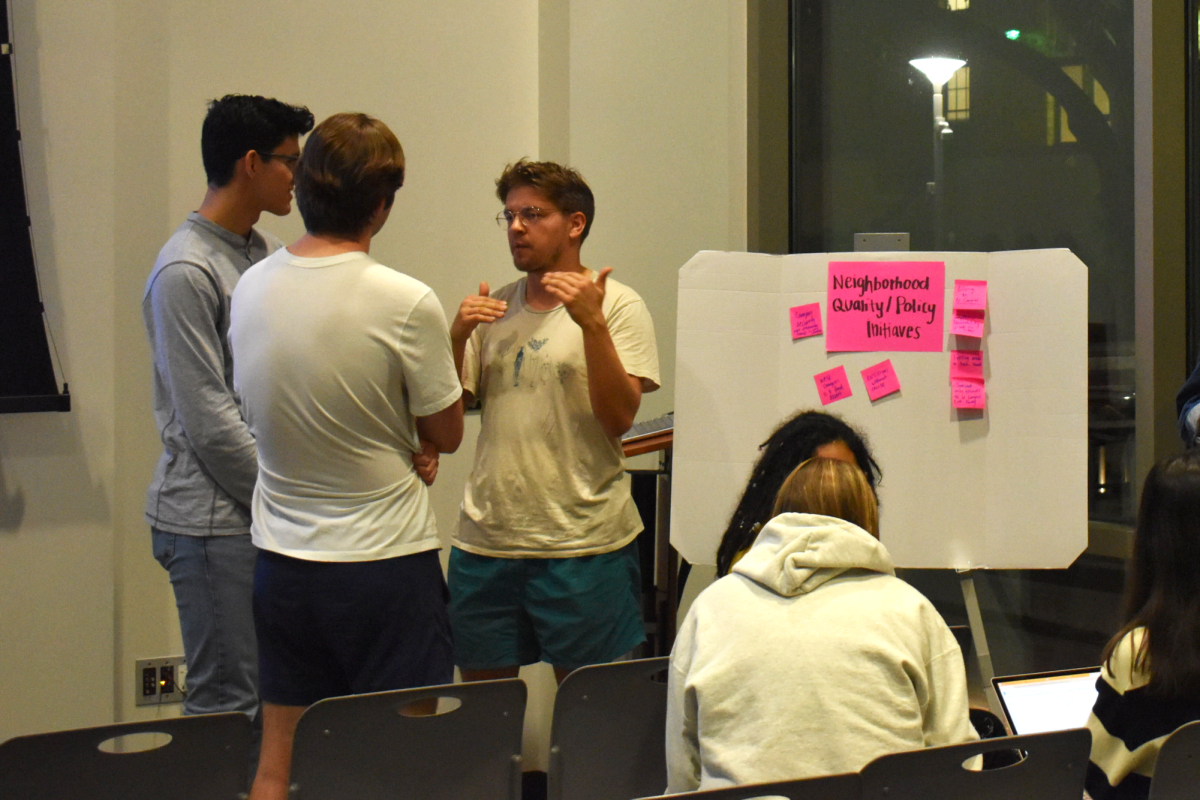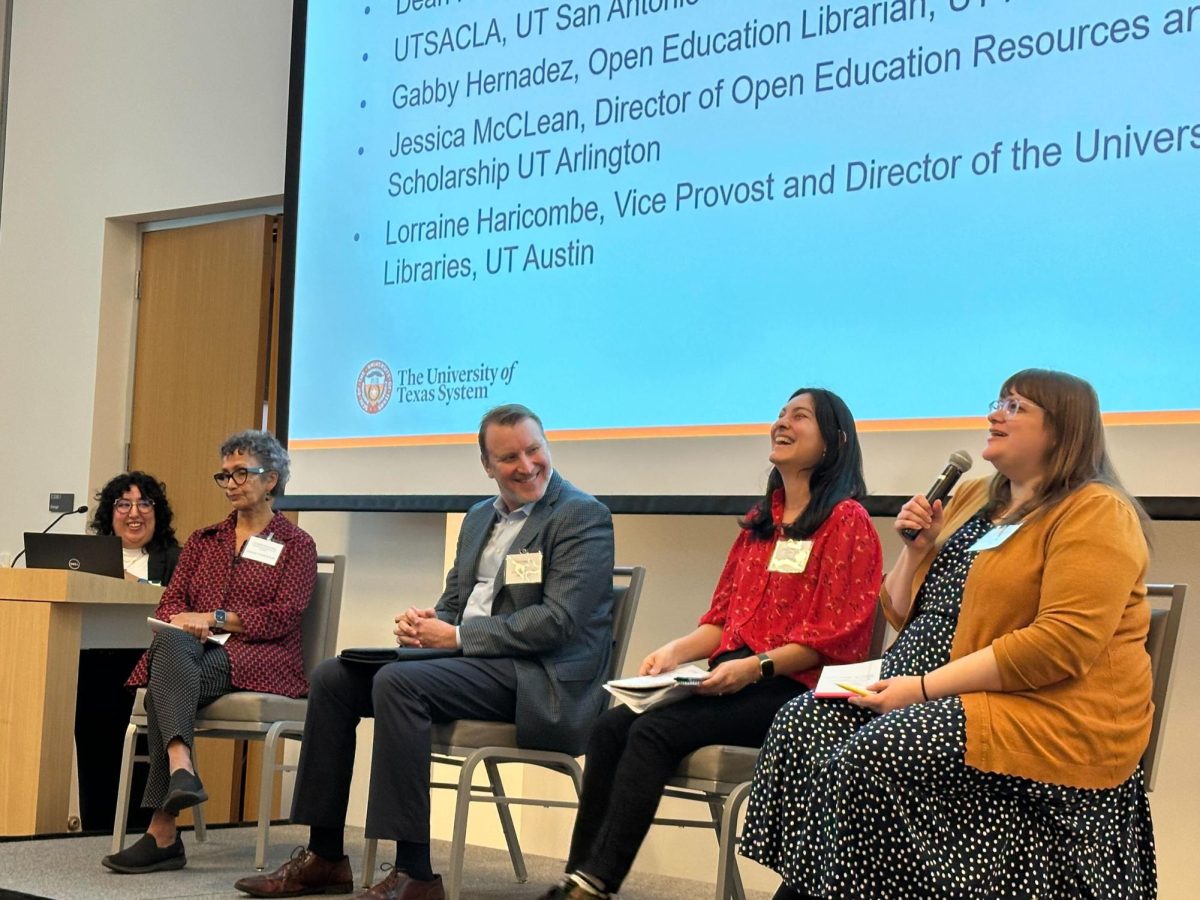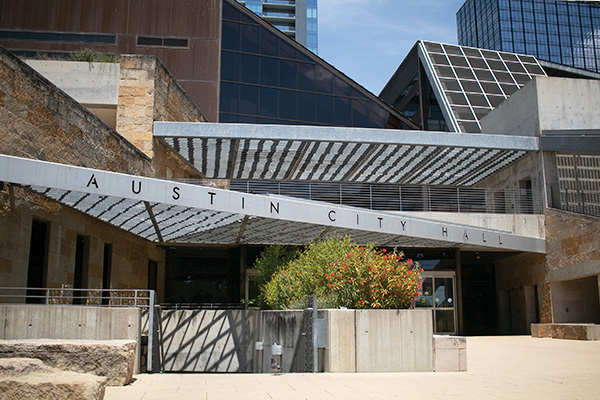For years, college students have applied for financial aid through the FAFSA.gov website, but next spring they’ll get to do it on their phones.
Hoping to facilitate the financial aid application process, the U.S. Department of Education will launch a new mobile FAFSA app and online platform in early 2018.
Department officials unveiled a demo of the mobile app at a November conference. The app will allow students to fill out their FAFSA, send it to selected colleges and get a quick estimate of the pell grants and financial aid they could expect. Students or graduates will also be able to use the app to manage federal student loans and check their credit scores.
The online FAFSA application located on the FAFSA.gov website will also be moved to the StudentAid.gov website, the department’s main webpage for financial aid information and resources.
Secretary of Education Betsy DeVos said these changes are intended to help students and their families apply for financial aid on whatever platform is best for them.
“This overhaul is long overdue,” DeVos said in a November press release. “Today’s announcement is a significant first step … in bringing federal student aid programs into the 21st century.”
Diane Todd Sprague, director of UT’s Office of Financial Aid, said the FAFSA mobile app will benefit incoming students who may lack access to computers. For current UT students who rely on campus computers to file FAFSA, the mobile app will grant them access to FAFSA even after computer labs close.
“Most students have access to a mobile device,” Sprague said. “So this should make it easier for students to have access to filling out the FAFSA.”
Shannon Homan, theater and dance sophomore, said she usually files her FAFSA online with her parents, so she probably wouldn’t use the app. But she said the application could be helpful to students without
parental support.
“Maybe the app would be a good way to have more detail or walk people through the (FAFSA),” Homan said. “People who need aid or qualify for aid don’t always have a parent to help them understand things like
financial jargon.”
Sahil Bhutani, a marketing and theater and dance sophomore, doesn’t apply for financial aid, but said a mobile app could incentivize students to fill out their FAFSA in their free time.
“It would be cool if when you’re bored you can pull out your phone and work on your FAFSA application instead of swiping on Tinder,” Bhutani said.
But even if the mobile app offered convenience, Bhutani said he would be hesitant to share his financial information on the app.
“You also probably have to enter a lot of sensitive info like your social security number,” Bhutani said. “I don’t know how secure I would feel about doing that over an app.”
The department faced security concerns last spring when the Internal Revenue Service’s Data Retrieval Tool, which helps FAFSA applicants verify tax records, was rumored to be hacked. DeVos emphasized that the mobile app would be a secure platform.
DeVos also praised the U.S. Senate’s November proposal to further simplify the FAFSA questions and guidelines, but Sprague said past attempts have been unsuccessful.











